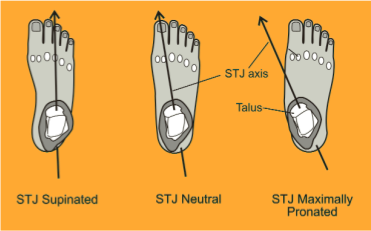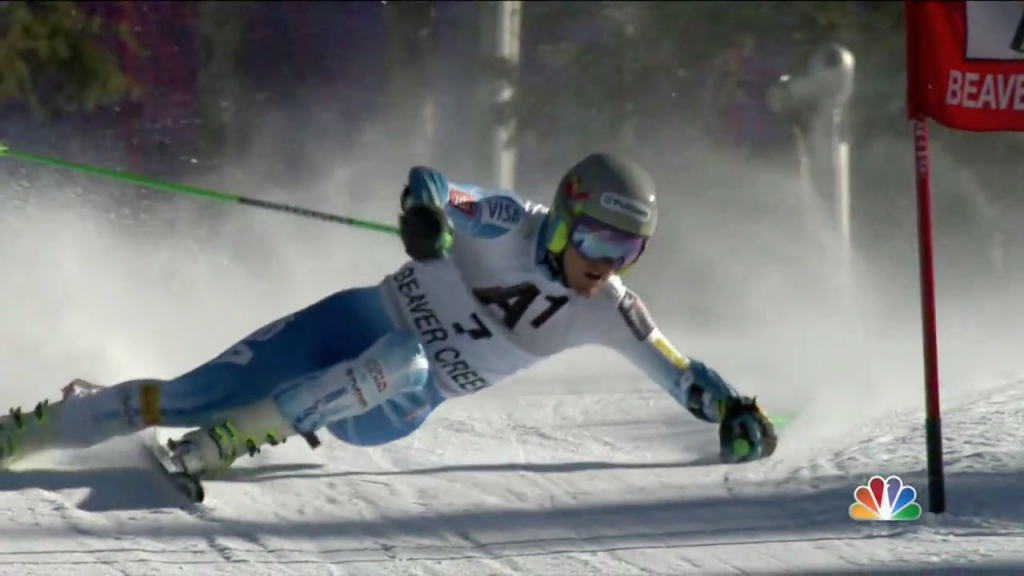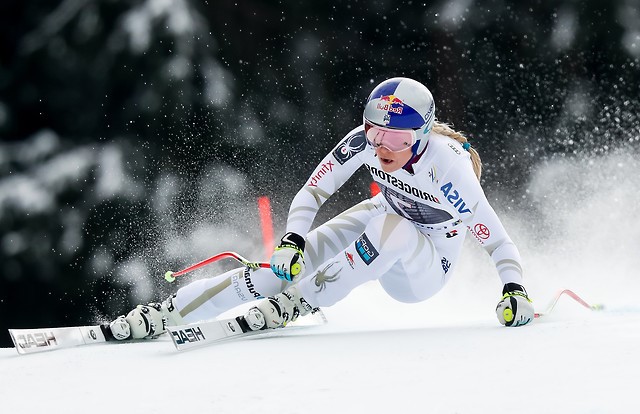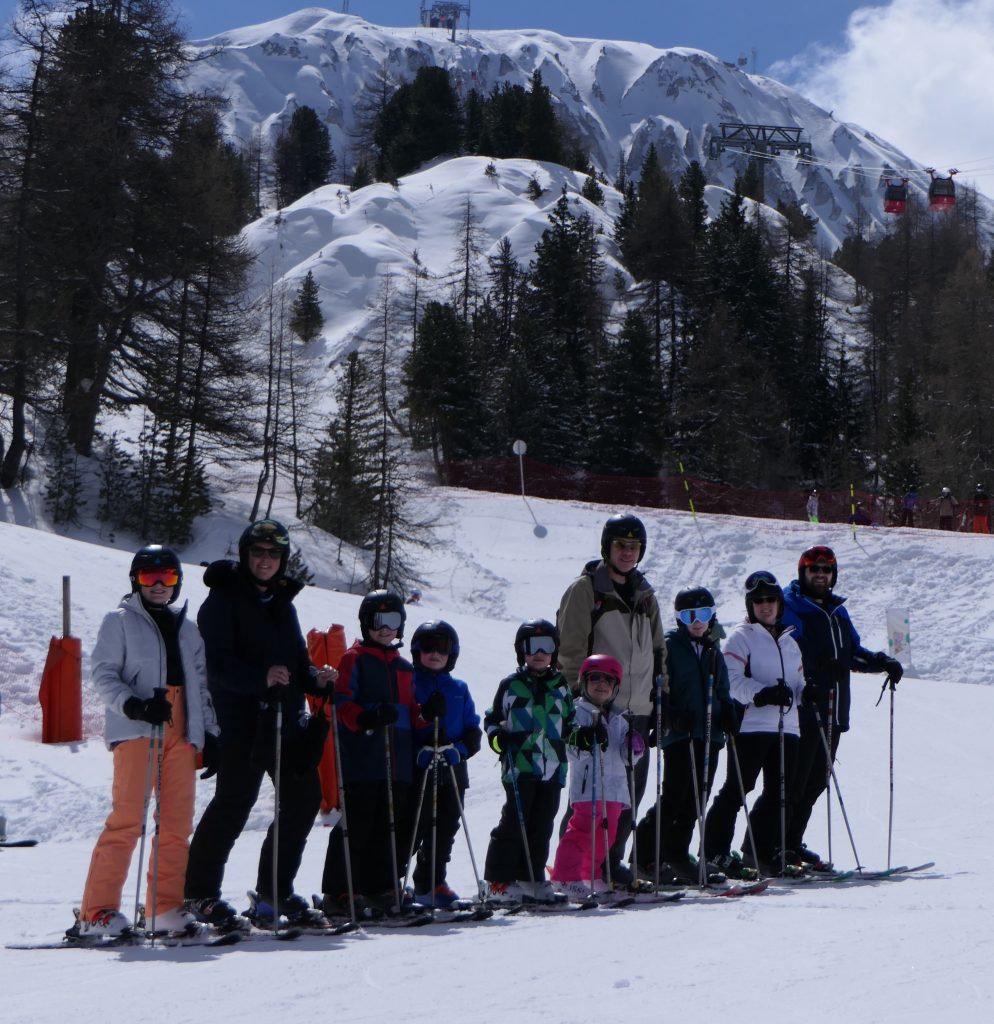Only Emma missed this video session – everyone did really well and already signs of skiing parallel emerging.
Feet – for skiing in a snowplough
- Supination of subtalar joint – both feet on outside edges and turned inward
- For turning pronate the right foot’s subtalar joint to get the right ski to deflect you to the left
- Gradually add a push from this same foot/leg to move the body against the invisible magic wall ( on the left in this example)
Feet – for skiing parallel or skating
- Pronation of the subtalar joints of both feet simultaneously to place the feet on their inside edges
- Activation of the adductor muscles of the inner/upper legs
- Subtalar joint, adductor muscles, core all connected with tension when required
- This is for a solid support base for active dynamics/skating – so the ski is not pushed sideways (outward) and the centre of mass is moved inward instead


Skating
Skiing is a form of skating – it’s just that skis bend and scribe arcs on the ground and are generally used on slopes not flat lakes. Skating actions are fundamental for a skier’s development because they involve independent leg action where only one leg at a time is really used. Although skiers can stand on two feet the body is oriented specifically on one hip joint at a time (when turning) and has to function as if standing on one leg. Skating exercises such as skating step turns are helpful in developing basic skills. Skating turns use diverging skis (opposite from snowplough) and incremental stepping of the centre of mass inward toward the turn centre. This is ideally the first sort of turning that any complete beginner should experience – on flat terrain.
Basic Dynamics
- Skis must be travelling forward – like a bicycle
- This is mainly about using the outside leg (start of new turn) to push the centre of mass into the centre of the new turn – for the whole duration of the turn
- There is no “balance” when skiing – dynamics is the physics of disequilibrium
- You are looking for stability from organised accelerations (ski technology!)
- Notice in the photos below the outside leg is essentially straight in a skating action (flexion for absorption and other purposes is at the hip joint – Skating related photos added below)
- The centre of mass goes down toward the snow – and to complete the turn it comes back up – like a motorbike in a turn
- There is no “Centrifugal Force” acting on the skier – only a deflection inward away from a straight line. This deflection is used to lift the skier up at the end of the turn – which involves “finishing” the turn – I.E. turning almost back up the hill.
- Remain square to the skis (follow the skis around the turn with your body) until you are really comfortable with movement of the centre of mass and clearly aware of moving it.



Day 4
Midweek on a ski holiday is notorious for rendering people tired and fragile – and our group today was no exception to the rule. Add to the above the icy morning snow and we were destined to stay on gentle runs to focus on technique and building confidence. The reality is this constraint was a good thing as it made us all take a disciplined approach to learning some invaluable skills that are always hard to learn – perhaps not so much immediate fun – but definitely a winner in the long run.
Side Slipping (Joystick Control of Centre of Mass)
- Feet close together (Both skis on uphill edges – both feet on inside edges)
- Move centre of mass downhill slightly to side slip
- Also move centre of mass either forward or backward to diagonally side slip
Pivot (Skis sliding Sideways)
Pivoting is derived from the skis sliding sideways and can be developed from side slipping. With a “pure pivot” as an exercise there is no forward travelling of the ski across the hill. Support for the centre of mass is now provided by support from a downhill pole plant. This is the real reason why we have ski poles! There is a full dedicated explanation of pivoting at the following link: “PIVOT”
The main element is that the ski tips swing (are pulled laterally by the centre of mass) inward toward the turn centre. (as opposed to either twisting the feet/legs or pushing/stemming the heels outward)
Combining Dynamics and Pivot
- Dynamics depends of forward motion of the skis and lateral falling/pushing of the centre of mass
- Pivot depends on lateral motion of the skis – but always with the centre of mass being driven inward (toward the turn centre)
- The two can be combined – when there is both forward and lateral motion – making overall control of trajectory and speed totally under control of the skier
- In all cases there must be subtaler joint pronation of both feet constantly
- The essential element to take from combining pivot and dynamics is to execute the turn transition from the uphill edge of the uphill ski – noting that the ski enters the new turn more easily than when on its inside edge and this also prevents stemming (and body rotation)
Thanks to Lindsay for her patient filming…


